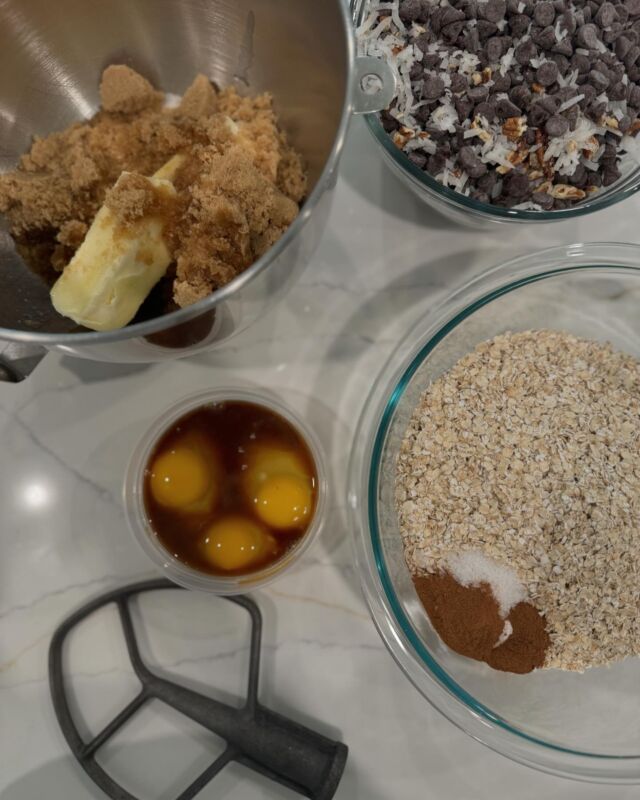You may have heard of the term “Terroir” at a wine tasting and wondered to yourself, what exactly is terroir? In a nutshell, this refers to the characteristic aroma, flavor and taste imparted to a particular wine by the environment. In this 3-part series, we’ll discuss the main environmental components that help create a sense of place in your wine glass. Those components are soil, topography, and climate.
How can soil affect the flavor of my wine?
Different soil types can make a huge impact on how a wine tastes and how complex those flavors can be. The soil composition can greatly impact how a grapevine absorbs its nutrients and water. This plays a critical role in how the grapes develop throughout the season, which ultimately impacts the final product. In this article, we’ll explain how different soil types can impact the flavor of your wine.
Volcanic Soil
This type of soil is formed by, you guessed it, volcanic activity. Volcanic soil is extremely rich in minerals and they tend to retain heat. This type of soil usually imparts unique mineral characteristics to the wine. This adds depth and complexity to the wine, giving it a unique sense of place. For example, the volcanic soils in Santorini, Greece play a huge role in adding mineral notes and very crisp acidity traditionally found in Assyrtiko wines.
Wines made from volcanic soils can result in highly concentrated berry clusters, meaning that there’s just less water in each berry that’s crushed for winemaking. This means that the natural flavors of the wine are amplified, which can be good or bad depending on how you look at it. Acidic wines become more acidic. Tannin structure (astringent, bitterness) can also be amplified. They can be exciting and edgy and lively wines, which is what you would typically find in an Assyrtiko.
Limestone Soil
Resulting from dried up, shallow seabeds, limestone soils are naturally alkaline with high pH levels. They tend to be grey, white or beige in color and are composed of calcium carbonate and provide good drainage for the grapevines. Drainage is important in viticulture because too much water or moisture can quickly lead to disease, fungus and rot. It’s also believed that limestone soils contribute to higher acidity in the wine.
While limestone is not the most frequently utilized soil for grape-growing, some of the world’s most sought after wines are grown in this sedimentary environment, including Champagne.
Speaking of champagne – have you tried this amazing punch recipe yet?!

Sandy Soil
Sandy soils are quick to drain, but also very deficient in nutrient density. This results in wines that are lighter-bodied and possess less astringent tannins (the bitterness of a wine). Wines produced in this type of soil may demonstrate bright fruity flavors. Sandy soil can also contribute some floral and herbal notes. One prime example of a famous wine region with sandy soils is Châteauneuf-du-Pape in the Rhône Valley of France. These wines are typically Grenache-based blends and have extremely concentrated red fruit flavors with elegant supporting flavors and aromatics.
Clay Soil
Clay soils can be found all over the world’s most famous wine regions, including Bordeaux (France), Napa Valley (California), and Barossa (Australia). It has certain traits that make it ideal for grape-growing. More specifically, it’s fine granular composition allows it to retain water better than sand or silt, which is a huge advantage in dry climates. It’s also believed that this soil helps contribute to the wine’s “texture” – giving it smooth, well-rounded tannins and finesse.
They’re usually rich in nitrogen which helps it build up essential proteins, enzymes, amino acids and pigments. They also provide abundant potassium and phosphorus, which are critical to help form sugars and starches and to initiate bud formation.
What this means is that the grapes require minimal intervention during the farming process. The only downside to clay is its density. Because it’s so good at retaining water, it can become problematic in climates with higher humidity, such as Mediterranean or Maritime climates. They can become waterlogged, making it hard to work with.
In an ideal situation, a vineyard would be located on a site that has a combination soil type that includes part clay along with one or two other soil types.
Schist Soil
Schist soil is complex. Think of this is a warm, flaky croissant – except we’re talking about flaky layers or rock baked into the earth’s crust. Similar to slate, this metamorphic soil is a result of high heat and pressure. It has several pros and cons when it comes to winemaking
Let’s start with the positive characteristics of schist soil. It retains heat very well and has excellent drainage. This is great for winemakers who are working with sloped topography at higher elevations. Typically, grapes grown in this type of soil need plenty of sunshine and warmth to thrive. Also, because of it’s fractured composition, the roots of the vines are able to work their way deep into the ground searching for much needed hydration. As they descend down into the earth, they absorb tons of nutrients along the way.
On the flip side, this soil type typically lacks nitrogen and organic plant matter (since nothing really grows here). These help create a stable environment for the vines and help fight off disease.
Some of the most well-known wine regions with schist soils include Priorat (Spain); Alsace, Rhone, Loire, and Languedoc (France); Duoro Valley (Portugal). It’s believed that schist soils can contribute unique mineral characteristics in these wines.
Alluvial Soil
And, according to most winemakers and grape-growers, we’ve saved the best for last. Alluvial soil is insanely rich in nutrients. It’s a mixture of sediments from other soil types (clay, sand, silt and gravel) that formed in evaporated streams and floodplains. The combination of these soils offer some of the best environmental properties, including the perfect amount of water retention and drainage.
All this goes to say that grapes grown in alluvial soil typically result in outstanding wine. The grapes grown in this soil type often achieve optimal fruit maturity season after season. Because of this, the resulting wines are full of rich, ripe fruit flavors with lots of complexity and elegance. Most notably, the flavors of alluvial-based wines, according to Paul Hobbs, are of a dark red-fruit profile. Some of the most famous wine regions in the world are known for their alluvial soils, including Alsace, Burgundy, Rhone, Rioja, Bordeaux, Mendoza, and even Napa Valley.
Conclusion
There’s still some debate between winemakers and geologists on what the direct connection is between soil type and the final flavor of a wine. Most winemakers agree that the soil type plays a pivotal role in the final product of each wine they make. Geologists seem to be a little more skeptical about the direct relationship between the two. Either way, we know that soil types play a huge role in how successfully a vineyard can be farmed. We also know that this is just one part of the “Terroir” puzzle. Be sure to check out our other articles about terroir and let us know what you think!
About the Author
Cameron is a co-founder of Whisk & Shake. He’s a certified sommelier through the Court of Master Sommeliers and has extensive craft cocktail knowledge through is experience working in some of the top restaurants in Dallas, Denver and Aspen. He holds degrees in Culinary Arts and Foodservice Management and currently serves as the marketing director for a Dallas-based real estate developer.








